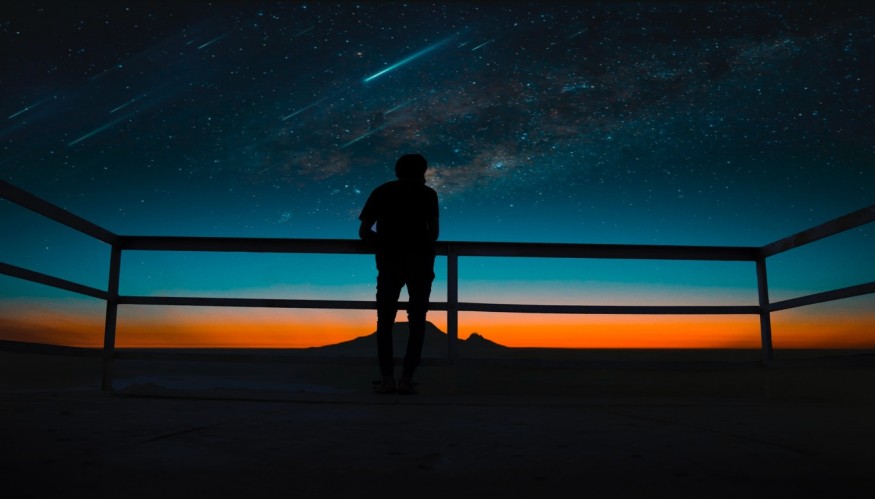It looks like sky watchers got to witness the annual Lyrid meteor shower last April 21-22, 2021 which peaked in the Northern Hemisphere.
Generally, the Lyrids are active each year from about April 16 to 25. In 2021, April Lyrids had its peak on Thursday, April 22, but are expected to last until the end of the month. This is good news for those who missed it as everyone in the world still have a chance to see the meteor in the remaining days of April.
There are no major meteor showers during the first three months of the year and these months are considered to be the season of meteor drought. That is why the annual Lyrid meteor shower always brings an end to dry season for night sky watchers.

All you need to Know about 2021 Lyrids and How to See Them
Lyrids are known to produce only 10 to 20 meteors per hour at their peak and its outburst boosts up to about 100 rate per hour every few decades. However, NASA meteor expert Bill said sky watchers can expect to see about 18 per hour this year, depending on how clear or dark the sky in the area is.
According to EarthSky, the 2021 Lyrid radiate from near the bright star Vega in the constellation Lyra the Harp (where it got its name from). The meteor was said to burn up in the atmosphere about 60 miles (100 km) up. In addition, people don't have to worry about identifying constellations of Lyra or Vega in the night sky as the meteor only radiates from them, and can appear in any part of the sky.
Although it is not required to determine the radiant point (Lyra), it is important to know its rising time. The radiant is said to be on its highest around 9:00-10:00PM, local time. It should be fairly high by midnight, and is highest just before dawn after the moon sets. Special skills, equipment, or knowledge about meteor is totally unnecessary.
All you really need is a clear sky, patience, and the help of Interactive Meteor Shower Sky Map for daily updates of the Lyrid's show time and radiant positions.
Staying away from city lights and viewing in secluded areas rises higher chance of seeing the meteor shower.
Tips for Southern Hemisphere night watchers
Since the Lyrid's radiant point peaks at far north of the sky's dome, it will require a little more effort for South sky watchers to be able to observe the 2021 Lyrid Meteor shower. It would be best to start setting up the viewing spot and get comfortable around hours before dawn, as the star Vega rises at this point in their location. Unlike for those in the farther north on Earth's globe, watchers from the South will probably see fewer meteors, but it is not impossible!
Apparently, a wise man believed, "Meteor showers are like fishing. You go. You enjoy the night air and maybe the company of friends. Sometimes you catch something."
© 2025 NatureWorldNews.com All rights reserved. Do not reproduce without permission.





